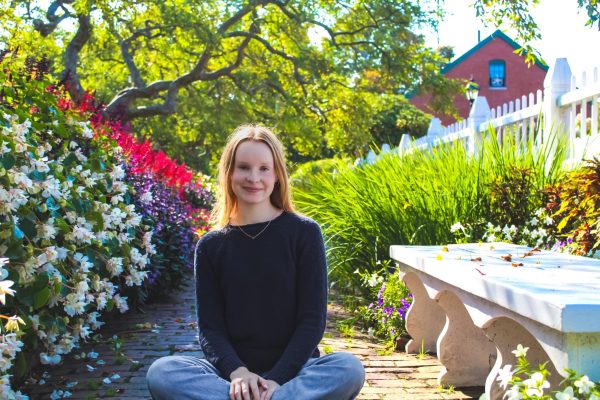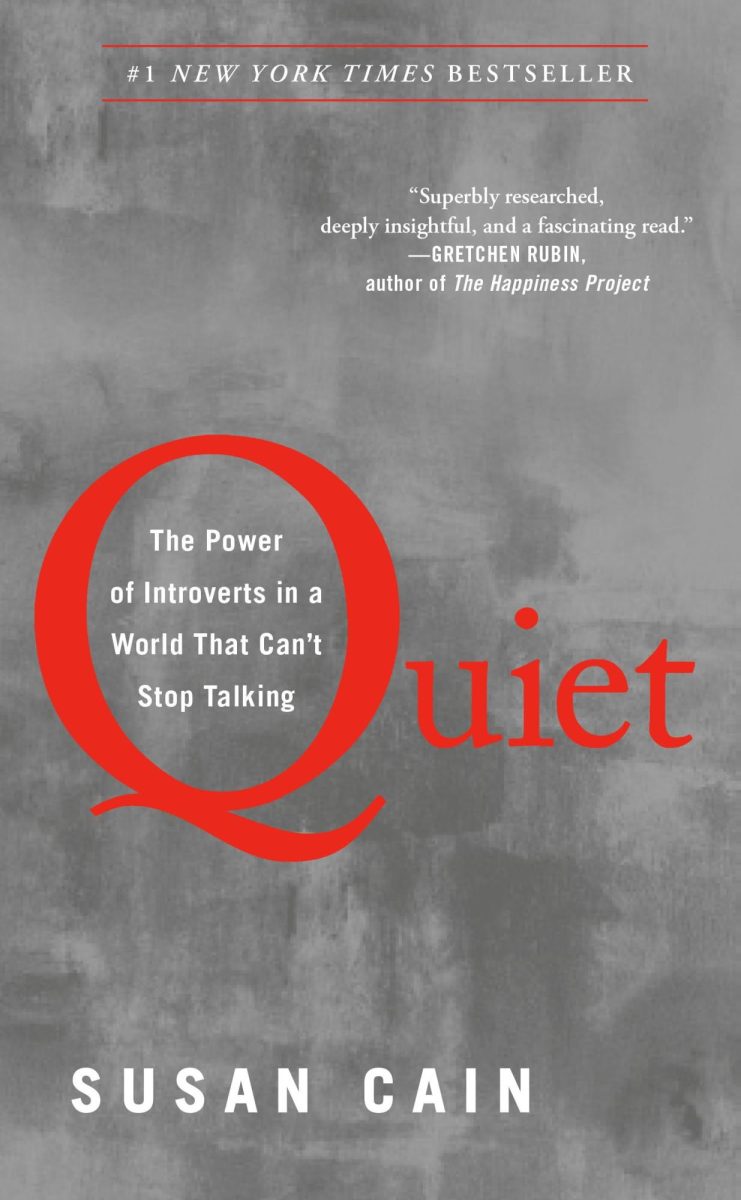I first saw Gillian Flynn’s hit novel Gone Girl in the movie adaptation several years ago and I was immediately engrossed by the grim, at times sardonic, atmosphere, biting dialogue, and captivating story. Curious about what else Flynn had created, I pulled her debut Sharp Objects from the shelf and began reading. Even after I read the last page, the story continued to haunt me for a year after, when finally, I watched the one-season series on HBO max. Having read the book, I can say that the series is an excellent adaptation, bringing to life the most restless details of the book with rich cinematography.
after I read the last page, the story continued to haunt me for a year after, when finally, I watched the one-season series on HBO max. Having read the book, I can say that the series is an excellent adaptation, bringing to life the most restless details of the book with rich cinematography.
The story begins at work, where big-city journalist Camille Preaker is called into her bosses’ office. Two girls in the small town of Wind Gap, Missouri have been killed, one year apart, and Camille’s assignment is to go and get a story. Wind Gap is Camille’s home town, a place she left quickly, and one she is reluctant to return to. When she arrives, we begin to understand why; Her calculatingly helpless mother and her stepfather, Adora and Allen Crellin, are less than happy to see her. Camille has never even met her teenaged half-sister Amma, but once she does, Camille is the only one who can understand her two-facedness. The family dynamic is ingenuine and charged with resentment, and it is exacerbated by the fact that they are Wind Gap’s wealthiest and most popular, displayed to the whole town. In an effort to reveal the killer of the two girls, Camille has to revisit her painful childhood spent in a place where all odds were against her.
The series is almost entirely similar to the book, however some changes were made and some details were added to enhance the story’s performance on screen. For example, in the book, Camille comes from Chicago, but in the series she comes from St Louis, making travel distance shorter and more realistic. Bigger changes include a more detailed telling of Camille’s recent stay in the psych ward, where she makes a connection with her teenaged roommate. This is only touched lightly upon in the book, but the enhancement in the series adds to the running theme about maternal relations throughout the story. The series also does a beautiful job of depicting the most effective details of the book. Patricia Clarkson plays the perfect Adora, perpetually dissatisfied and whining with an undercurrent of deviousness. When I watched the scene where Camille first arrives home and Adora answers the door, it was like reading the book again – Clarkson nails it. Amy Adams and Eliza Scanlen are impressive too, capturing the odd sisterly dynamic the characters have been thrown into.
The elements that stuck with me the most, however, were the set design, costume design, and cinematography. It is visually a beautiful show. The Crellin house is a blue Victorian mansion, beautifully large and yet chillingly lonely. Their clothing screams old money and is a stark contrast to the more contemporary, casual outfits that Camille wears. It really plays into the idea that the south is so reliant on antiquated values, enhancing the southern gothic feel. Another important element of the series is the frequent flashbacks to Camille’s past. They are quick and often lacking audio, and so the audience is meant to piece her story together over the course of the show as more snippets are revealed. This is spot on with the caginess employed by Camille in the book.
I had to stop myself from watching this entire series in one sitting. It’s addicting and strange and full of mystery, and equal in quality to the book. It is dark and heavy, content wise, so I would advise caution to those interested in watching. Overall, it is very well done and anybody who can’t get enough after watching can always dive right into the book afterwards.






